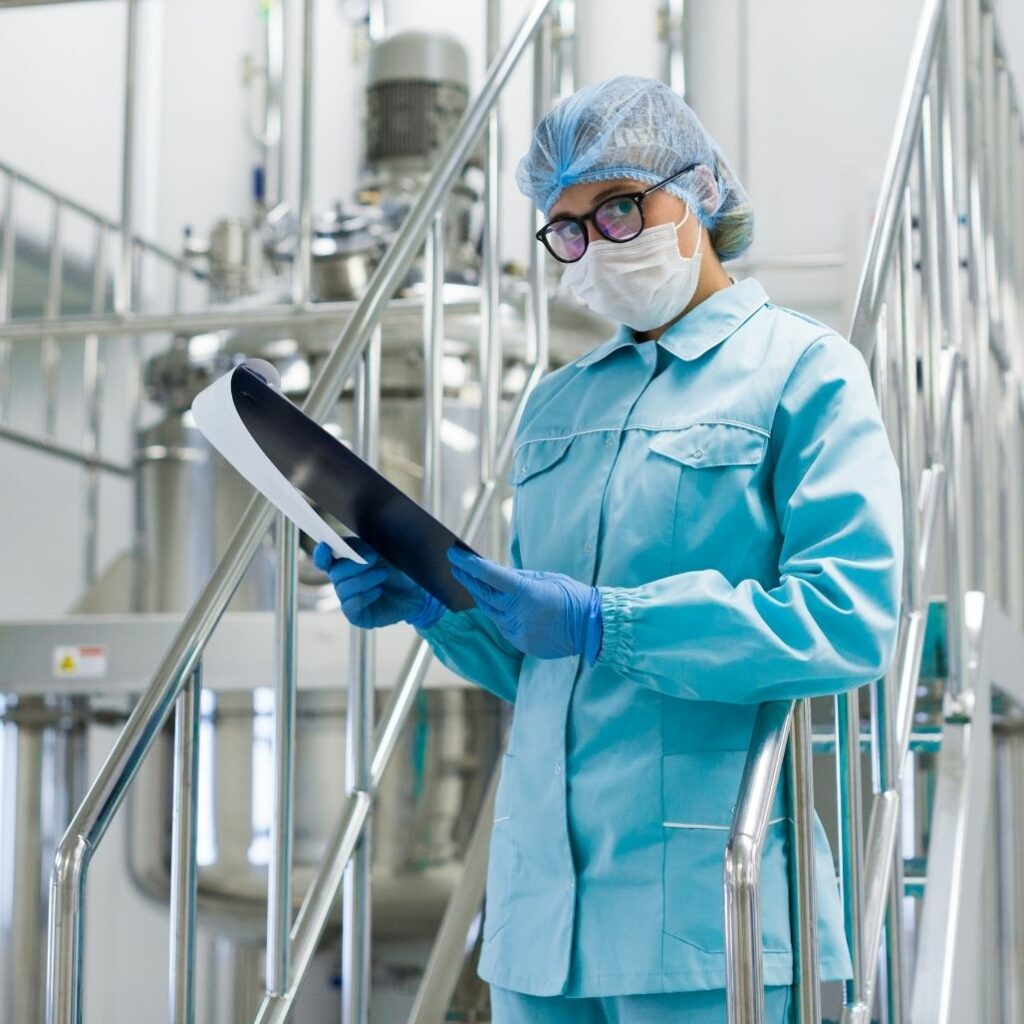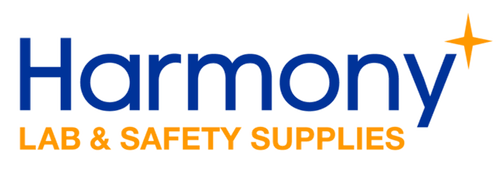How are cleanroom gloves made?

Why can’t you use any disposable glove in cleanrooms?
The chlorination manufacturing process of cleanroom gloves reduces the natural rubber protein levels as well as particulate and ionic residuals.
Chlorination also reduces tack levels by washing the gloves in a solution of chlorine gas and water. Less tack allows for easier glove donning off and on!
Post chlorination processing and testing is very important to the manufacturing process of Cleanroom Gloves.
After chlorination the gloves are processed through multiple deionized water rinse cycles to further reduce residual contaminants. In this process, excess particulates, extractable ions, and nonvolatile residues are removed.
The gloves are then dried in HEPA filtered dryers prior to packaging. This part of the process is undertaken in a cleanroom environment.
Sterile gloves undergo further processing.
What does the cleanroom glove manufacturing process look like?
As you can see, the manufacturing process of cleanroom nitrile gloves is swift, precise, and checked to the highest standards. The enemy of clean rooms is particulates that cause contamination and can damage the sensitive products being produced.
If you’re operating a critical environment make sure to use material manufactured for cleanrooms. Whether it is gloves, documentation, adhesive mats, mops, disposable apparel or other supplies, you can find all the cleanroom supplies you need at Harmony Lab & Safety Supplies.
